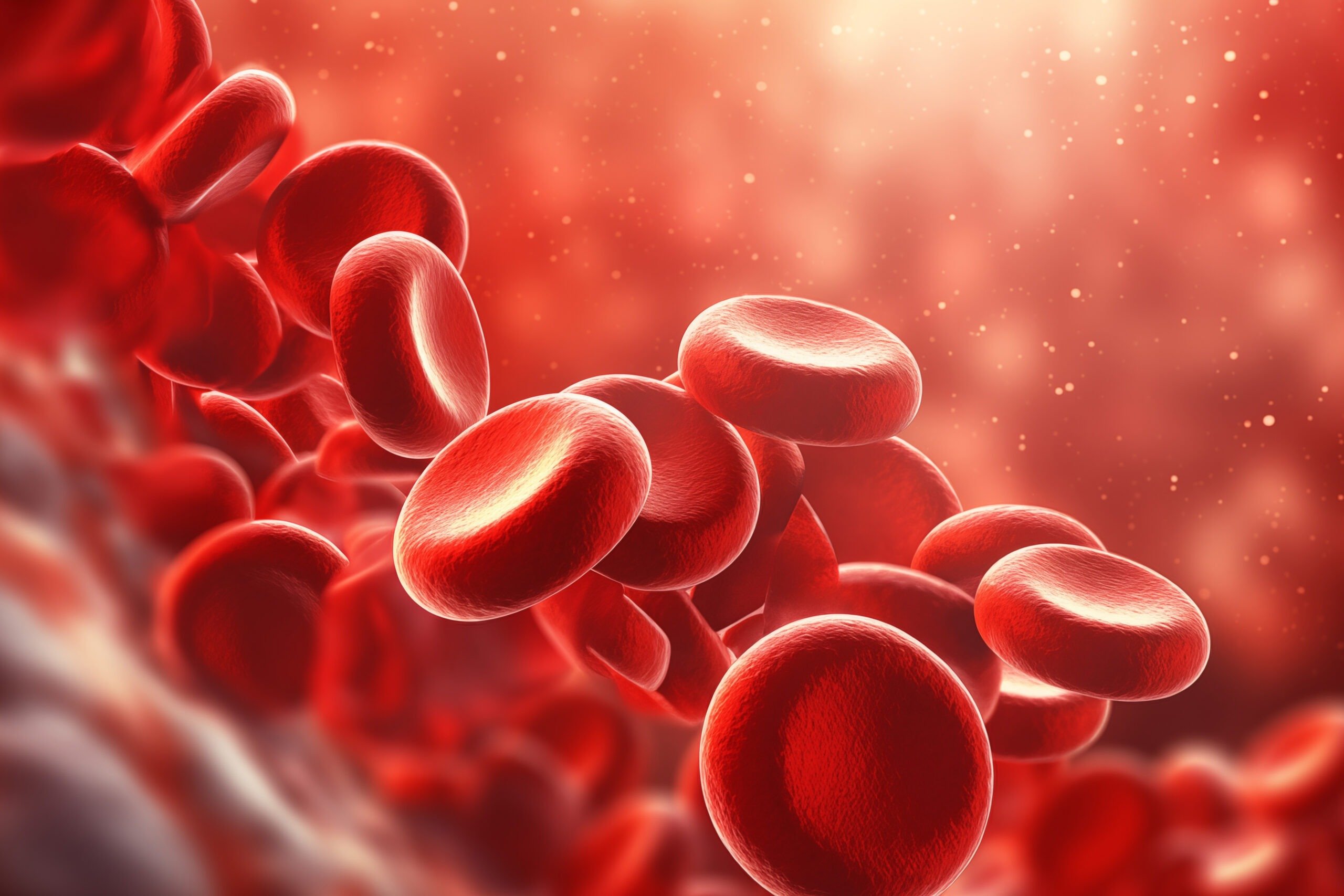Johns Hopkins team awarded funding for noninvasive anemia test

A team of Johns Hopkins scientists is developing and testing a point-of-care diagnostic tool for anemia, supported by a $1.7 million grant from the Bill & Melinda Gates Foundation. The two-year project aims to make anemia screening more accessible on a global scale, particularly in low-resource areas with severe shortages of medical experts.
“We are developing a low-cost, accurate, and non-invasive test for diagnosing anemia at the point-of-care. Our goal is to introduce a powerful new platform for managing anemia in under-resourced settings,” says PI Nicholas Durr, associate professor of biomedical engineering in the Whiting School of Engineering.
Anemia is characterized by reduced hemoglobin levels, which restricts oxygen transport to the body’s tissues. This leads to a host of complications, including learning difficulties, fatigue, cognitive impairment, and shortness of breath. Diagnosing anemia typically involves a blood test that measures hemoglobin concentration, which requires expensive equipment and trained medical professionals to draw blood and analyze the samples.
Such diagnostic capabilities don’t exist in many low-resource countries, where young children, as well as menstruating and pregnant women, are especially vulnerable to developing anemia and severe complications.
To solve this diagnostic challenge, the team proposes a new technology called Back-illumination Capillary Analysis (BCA). This approach measures total blood hemoglobin by analyzing images of a patient’s finger. The system uses a hyperspectral camera to record videos of capillaries located just below the skin’s surface. These videos are processed using artificial intelligence, which instantly calculates hemoglobin concentrations. The team will ensure the technique’s generalizability across skin tones by engineering phantoms with melanin layers and enrolling diverse patients in their clinical study.
Durr said that this non-invasive test can be both quick and simple for the patient, requiring only a few seconds with their finger under the camera. It also eliminates the need for laboratory-based tests, making it an ideal solution for diverse and low-resource populations.
Durr is joined on the project by Vishal Patel, an associate professor of electrical and computer engineering; Jenell Coleman, an associate professor in the Johns Hopkins School of Medicine’s Department of Gynecology and Obstetrics; Sarah Bohndiek, a professor of biomedical physics at the University of Cambridge; and Robin Wang from the team at Living Optics, a UK company developing the hyperspectral imaging camera.
Additionally, a Hopkins project to combat the spread of malaria recently received $3.5 million in continued funding from the Gates Foundation. Developed in the university’s Center for Bioengineering Innovation and Design (CBID), VectorCam is a low-cost, artificial intelligence–based tool that identifies a mosquito’s species, sex, and abdomen status with a picture and sends these results electronically from surveillance sites to decision makers, thereby deskilling the process to village health teams (VHTs). The work is led by Soumyadipta Acharya, an assistant professor of biomedical engineering and director of the CBID master’s program. Read more about the VectorCam technology on the Gates Foundation website.
